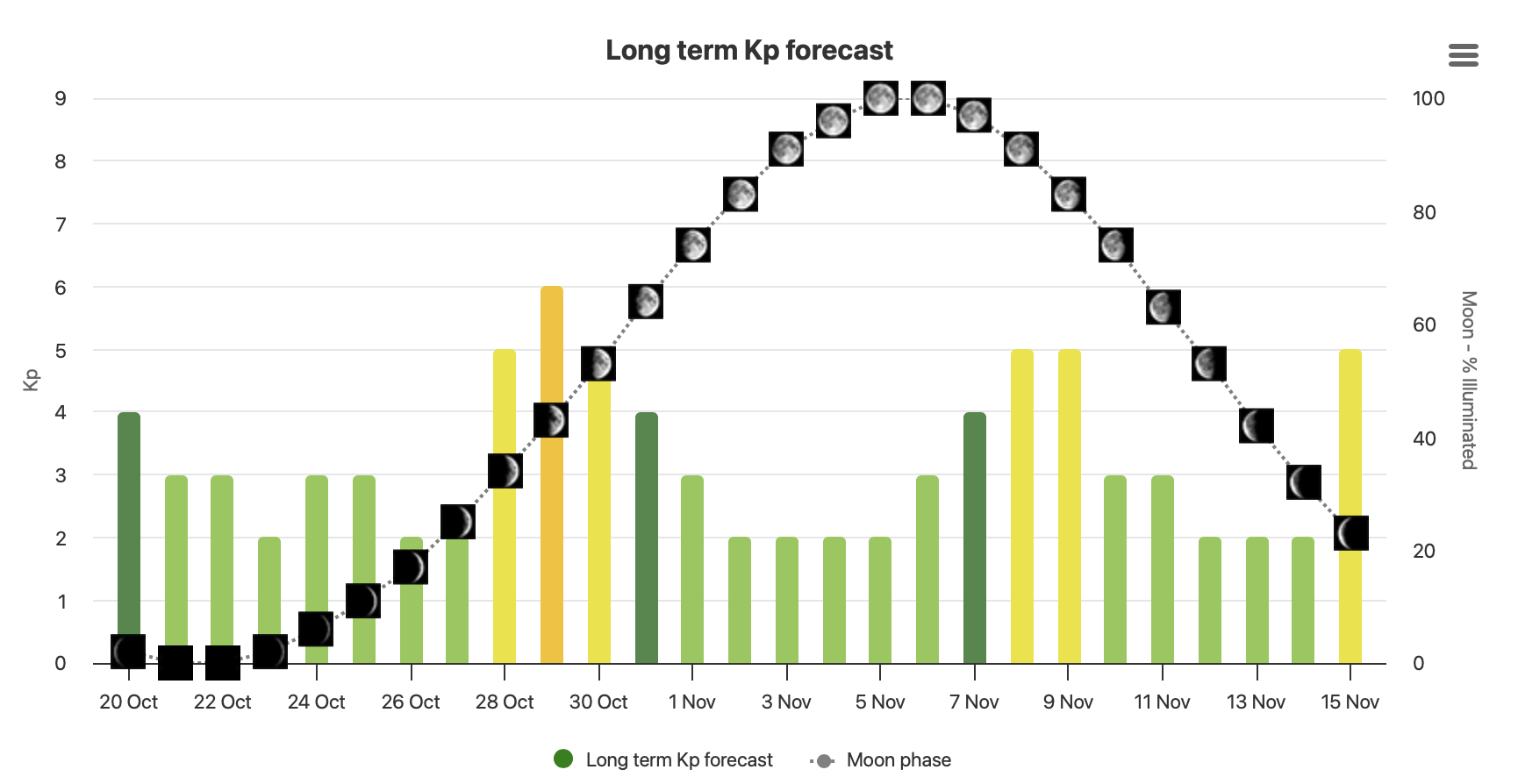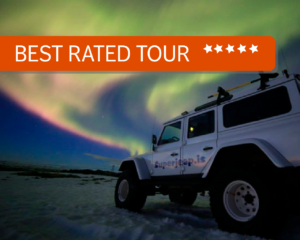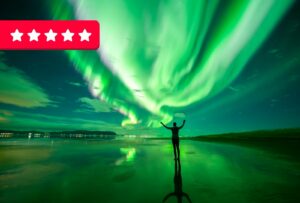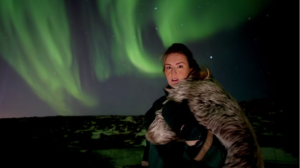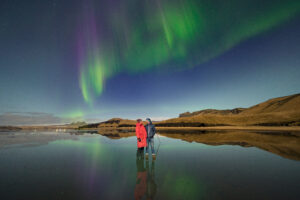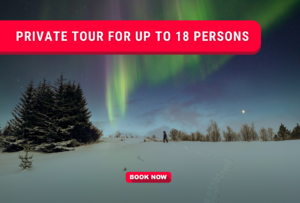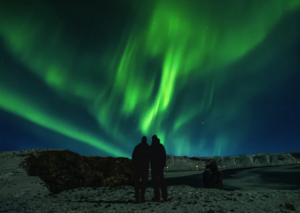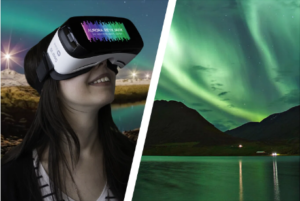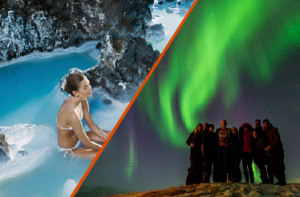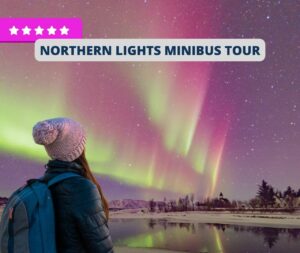LIVE AURORA FORECAST
OCTOBER 21st GOOD CHANCES – TOURS ARE CONFIRMED
Aurora activity is expected to be moderate tonight — in Iceland, this still means favourable conditions for visible displays, if the skies stay clear.
Reykjavík and surrounding areas are forecast to have clear skies during prime aurora hours!
Best window to watch: 22:30 to 00:30 (local time). When the sky is darkest, with a bit of luck, the northern lights may come alive.
TONIGHT’S OUTLOOK
CHASING THE NORTHERN LIGHTS - A STEP BY STEP GUIDE FOR YOUR AURORA HUNT
PLANAÐU FYRIRFRAM
Two factors matter most when you plan your trip
-
The 27-day KP forecast: The 27-day KP forecast is based on the Sun’s rotation. Since the Sun turns once every 27 days, active regions can reappear and give a rough idea of aurora chances weeks ahead.
-
The moon phases: A bright full moon can wash out faint auroras, but it can also create magical photo opportunities by lighting up Iceland’s landscapes.
FINNDU MYRKAN HIMINN
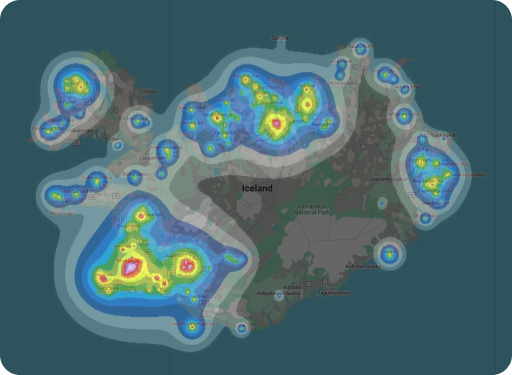
FINNDU HEIÐSKÝRAN STAÐ
Aurora Hunting Tip: If you can see stars, you might see the Northern Lights!
Check cloud cover to find clear skies. Use the time slider to track changes, and look for white or light areas on the map for the best viewing spots.
Map colors explained:
🟢 Green – All clouds (composite)
🔵 Blue – Low clouds
🔴 Red – Middle clouds
🟠 Orange – High clouds (Northern Lights may still be visible through them)
Slide to start
VELDU ÖRUGGAN STAÐ
FYLGSTU MEÐ VIRKNI SÓLARINNAR

Image updated in real-time, courtesy of NOAA's Space Weather Prediction Center.
MONITOR LIVESTREAM FROM REYKJAVÍK AND ÞINGVELLIR
Live Stream from Reykjavík: Your Window to the Northern Lights and Midnight Sun
Live Stream from Þingvellir COMING SOON!!!
Experience the magic of Iceland in real-time with our live stream from Reykjavík, available year-round on aurorareykjavik.is. Whether you’re dreaming of witnessing the Northern Lights or eager to catch a glimpse of the Midnight Sun, this live feed offers you an immersive look at the stunning natural phenomena Iceland is famous for.
COMING SOON
Live Stream from Þingvellir – One of the World’s Best Locations for Aurora Hunting
REAL-TIME AURORA FORECAST
CURRENT SOLAR ACTIVITY

Image updated in real-time, courtesy of NOAA's Space Weather Prediction Center.
CURRENT KP INDEX
3-DAY KP INDEX
CURRENT BZ VALUE
UNDERSTANDING THE AURORA FORECAST
Auroral Activity (Kp Index)
The Kp index measures global geomagnetic activity on a scale from 0 to 9. The higher the number, the stronger the potential aurora.
Good for aurora hunting: Kp2 or higher usually means visible lights in most of Iceland.
Bz (North–South Magnetic Field)
The Bz component tells us the direction of the interplanetary magnetic field. When Bz is negative (–2 nT or lower), it opens a “door” in Earth’s magnetic field, allowing solar particles to enter and create auroras.
Ideal: –3 nT or below.
Bt (Total Magnetic Field Strength)
Bt shows the strength of the magnetic field carried by the solar wind. Stronger Bt (above 6 nT) increases auroral intensity when Bz is southward.
Ideal: Bt ≥ 6 nT combined with Bz ≤ –2 nT.
Solar Wind Speed
The solar wind is a stream of charged particles flowing from the Sun. Faster winds deliver more energy into Earth’s atmosphere.
Good chances: speeds above 400 km/s often produce bright, fast-moving auroras.
Combine all these indicators with clear skies and darkness for the best viewing conditions.
Af hverju geta norðurljósa spár breyst?
Eru einhver önnur gögn sem ég ætti að vera að fylgjast með?
How accurate is the Kp index for seeing the Northern Lights?
Hvaða mánuðir eru bestir til að sjá norðurljós á Íslandi?
What is the difference between a low Kp number and a high Kp number for Northern Lights viewing?
Get ég séð norðurljós á sumrin?
What are the best Northern Lights forecast Apps to enhance my experience?
- My Aurora Forecast – Live aurora maps, 27-day forecasts, and customizable alerts. Great for both beginners and seasoned chasers.
- Aurora Alerts – Northern Lights – Real-time alerts, cloud coverage maps, and Kp index readings. Perfect for instant notifications.
- Hello Aurora – Community-shared sightings, forecasts, and real-time conditions. Ideal for a social and interactive experience.
- Northern Eye Aurora Forecast – Detailed solar wind data, Kp index, and real-time solar activity updates. Best for science enthusiasts.
- Aurora Forecast & Alerts – Hourly forecasts, cloud maps, and customizable notifications. Simple and user-friendly for quick updates.

